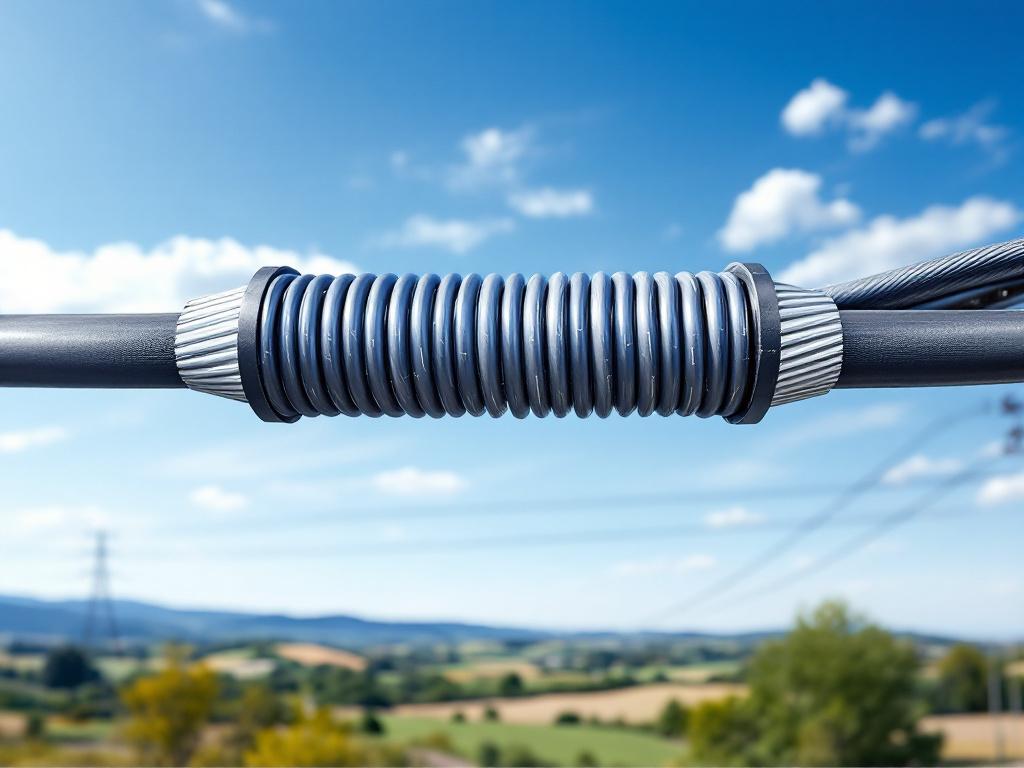Global Retail Trends 2025 SAP GROW | Orane Consulting
Discover 2025 retail trends and why SAP GROW is the ideal digital transformation backbone. Insights and expertise powered by Orane Consulting. Visit us at https://www.oraneconsulting.com/2025/11/20/global-retail-trends-2025-why-sap-grow-should-now-be-your-transformation-backbone/
Discover 2025 retail trends and why SAP GROW is the ideal digital transformation backbone. Insights and expertise powered by Orane Consulting. Visit us at https://www.oraneconsulting.com/2025/11/20/global-retail-trends-2025-why-sap-grow-should-now-be-your-transformation-backbone/
Global Retail Trends 2025 SAP GROW | Orane Consulting
Discover 2025 retail trends and why SAP GROW is the ideal digital transformation backbone. Insights and expertise powered by Orane Consulting. Visit us at https://www.oraneconsulting.com/2025/11/20/global-retail-trends-2025-why-sap-grow-should-now-be-your-transformation-backbone/
0 Comments
0 Shares
270 Views
0 Reviews










